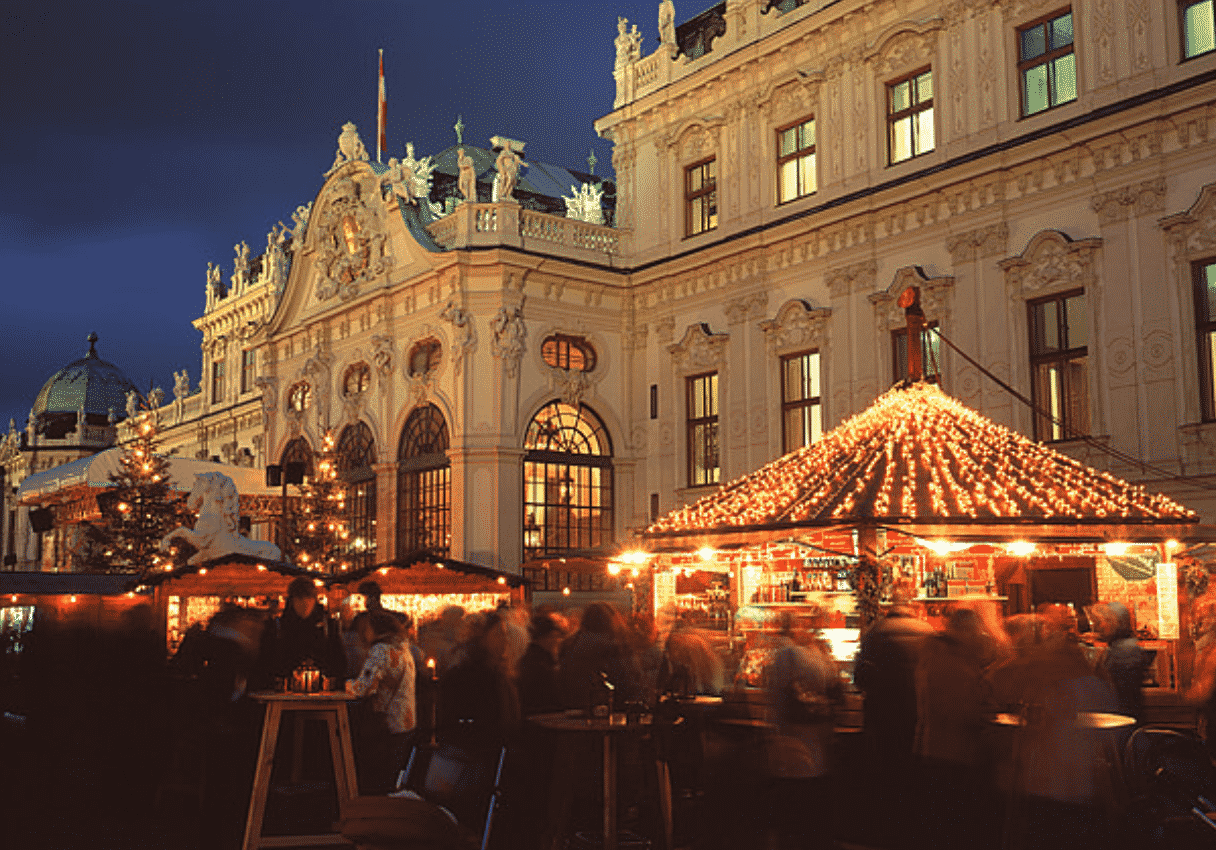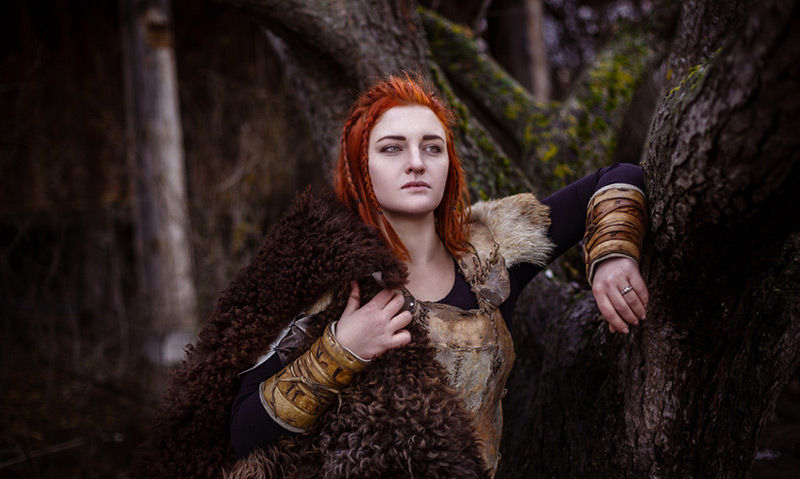Preparing for Yule! #MediaComp
 •
by
•
by Vincent Pain
Yuletide is the pre-Christian Germanic Midwinter celebration. The name Yule is derived from the Old Norse HJOL, meaning 'wheel,' to identify the moment when the wheel of the year is at its lowest point, ready to rise again. HJOL has been inherited by Germanic and Scandinavian languages from a pre-Indo-European language level, and is a direct reference to the return of the Sun represented as a fiery wheel rolling across the heavenly sky. Yule celebrations and traditions at the winter solstice predate Christianity by thousands of years. There are numerous references to Yule in the Icelandic sagas, and in other ancient accounts testifying to how Yule was actually celebrated. It was a time for feasting, giving gifts, feasting and dancing.

The Yule holiday is the holiest and most popular of all the native Germanic spiritual celebrations, as Yule marks the return of the God Baldur from the realm of Hel and the loosening of winters grip on the frozen Earth.
The commencement of the Yuletide celebration has no set date, but is traditionally 12 days long with the start of the festivities beginning at sunset on the winter solstice (In the northern hemisphere, this date usually falls on or around December 20th) This Germanic Heathen holiday was forcibly stolen by early Christian missionaries and became known as the "12 days of Christmas".
The first night of Yule is called The Mothernight, where Frigga and the Disir (female ancestral spirits) are especially honoured on this night. Mothers Night is appropriately named, as it represents the rebirth of the world from the darkness of winter. This is the date with the shortest day and the longest night of the year.
A traditional vigil from dusk to dawn is held on the Mothers night, to make sure that the sun will rise again and welcome her when it does.

Yule is the season at which the gods and goddesses are closest to Midgar😛
our deities were called 'Yule-Beings' by the Norse, and Odin himself is called Jólnir, the "Yule One" and is where the image of Santa Claus is derived from. Yule is also the season during which the dead return to earth and share the feasts of the living. Elves, trolls, and other magical beings roam freely at this time, and must either be warded off or invited to come in friendship and peace. Yule is the time of the year at which the Wild Hunt - Wodan's host of the restless dead - rides most fiercely; it is dangerous to meet them, but gifts of food and drink are left out for them, for they can also bring blessing and fruitfulness.

Yule is a time for dancing, feasting and family. Sun wheels are sometimes burnt as part of folk festivities at this time. It was the practice in Germanic Heathen times to swear oaths on a hallowed boar (the totem animal of Freyr and Freya). This survived in Swedish folk-custom; a large boar-shaped bread or block of wood covered with pigskin was brought forth at Yule for this purpose through the beginning of this century, and boar-cakes are used for Yule-oaths by most Heathens today. Especially meaningful oaths were also sworn on the horn or cup while drinking at the Yule-feast. The 'New Year's Resolution' is a diminished form of the holy Yule Oath. The fir or pine-tree which is carried into the house and decorated is an ancient Germanic custom, brought to America by German immigrants. The tree on which holy gifts are hung was Heathen in origin representing Yggdrasil, the mighty cosmic tree of life. In Germany, those who kept the old custom hid it inside lest the church authorities notice, but in England and Scandinavia, the trees and various spirits received their gifts outside. In those latter countries, it was a candlelit and ribbon-bedecked wreath, the ring of which may have reflected the holy oath-ring or the Yule sun-wheel, that was traditionally brought in to decorate the home. The Yule-log is also an old Heathen custom. This log was supposed to burn all night during the longest night of the year to symbolize life lasting even in the time of greatest darkness, its fire rekindling the Sun in the morning. Its ashes or pieces were used as protective amulets during the rest of the year. Those who lack large fireplaces often use 24-hour candles instead.

The 12 days of Yule is largely devoted to baking cakes, cookies, and breads and making the unique decorations which beautify every Heathen home at this holiday season. There are, for example, intricate paper cutouts to make and put on the walls; festoons, stars, wooden toys, and straw animals in the shape of Goats, and Wild Boars to hang on the Yule tree. The straw animals, which are still widely found throughout Sweden, are intimately related to ancient Norse Germanic mythology; originating in legends of the sacred animals of the gods; the Goats of Thor, the thunder God, and the Wild Boar of Freyr, God of Fertility.

The majority of the symbols associated with the modern holiday of Christmas (such as the Yule log, Santa Claus & his Elves, Christmas trees, the Wreath, the eating of ham, holly, mistletoe, the star...) are derived from traditional northern European Heathen Yule celebrations. When the first Christian missionaries began forcibly converting the Germanic peoples to Christianity, they found it easier to simply provide a Christian reinterpretation for popular feasts such as Yule and allow the celebrations themselves to go on largely unchanged, rather than trying to suppress them. Halloween and Easter have been likewise assimilated from northern European Heathen religious festivals.



Comments
Vote 13
V!
vote